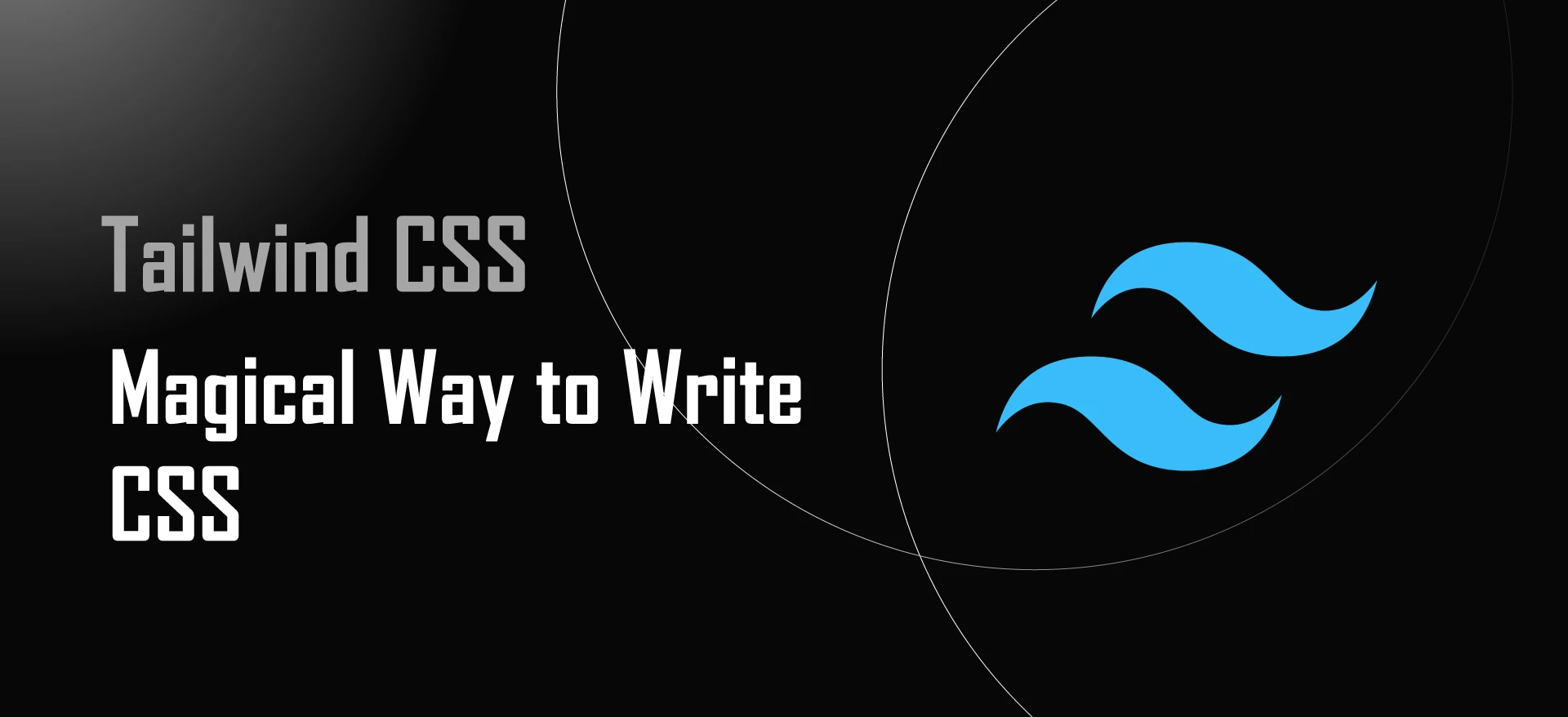
Tailwind CSS: magical way to wirte CSS
Web Development | Fahad Bhuiyan
In the ever-evolving landscape of web development, the quest for efficient, scalable, and maintainable CSS frameworks has been a perpetual journey. Enter Tailwind CSS, a utility-first CSS framework that has been revolutionizing the way developers approach styling in modern web applications. In this comprehensive guide, we'll delve into what Tailwind CSS is, its core principles, benefits, and how it can streamline your development workflow.
What is Tailwind CSS?
Tailwind CSS is a utility-first CSS framework that provides low-level utility classes to construct designs directly in your markup. Unlike traditional CSS frameworks like Bootstrap or Foundation, which offer pre-designed components, Tailwind CSS focuses on providing utility classes that can be composed to build custom designs without writing custom CSS. This approach gives developers more flexibility and control over their styles while eliminating the need for writing repetitive CSS.
Core Principles
- Utility-First: Tailwind CSS revolves around the concept of utility classes, where each class represents a single CSS property.
- Composition: Developers can compose utility classes to create complex designs without writing custom CSS.
- Responsive Design: Tailwind CSS includes built-in responsive design utilities, allowing developers to create designs that adapt to different screen sizes effortlessly.
- Customization: The framework is highly customizable, allowing developers to configure colors, spacing, typography, and more to suit their project's needs.
Benefits of Tailwind CSS
- Improved Productivity: With its utility-first approach, developers can quickly prototype and iterate on designs without switching between HTML and CSS files.
- Reduced CSS Bloat: By using only the necessary utility classes, Tailwind CSS helps in reducing the size of CSS files, resulting in faster load times for web applications.
- Consistent Design Language: Tailwind CSS encourages consistency in design by providing a predefined set of utility classes, leading to a more cohesive user experience across the application.
- Easy Maintenance: Since styles are defined directly in the markup, it's easier to locate and modify specific styles, making maintenance and updates more straightforward.
Getting Started with Tailwind CSS
To get started with Tailwind CSS, you can either install it via npm or use it via a CDN. Once installed, you can start using Tailwind CSS classes directly in your HTML markup. Here's a basic example:
Conclusion
Tailwind CSS has emerged as a game-changer in the realm of web development, offering a modern approach to styling that emphasizes productivity, flexibility, and maintainability. By leveraging utility classes, developers can build complex designs efficiently while maintaining a high level of consistency and scalability. Whether you're working on a small project or a large-scale application, Tailwind CSS empowers you to create beautiful and responsive designs with ease. So why not give it a try and experience the power of Tailwind CSS for yourself? Happy coding!
<a href="#" class="block max-w-sm p-6 bg-white border border-gray-200 rounded-lg shadow hover:bg-gray-100 dark:bg-gray-800 dark:border-gray-700 dark:hover:bg-gray-700"> <h5 class="mb-2 text-2xl font-bold trackinga-tight text-gray-900 dark:text-white">Noteworthy technology acquisitions 2021</h5> <p class="font-normal text-gray-700 dark:text-gray-400">Here are the biggest enterprise technology acquisitions of 2021 so far, in reverse chronological order.</p> </a>
